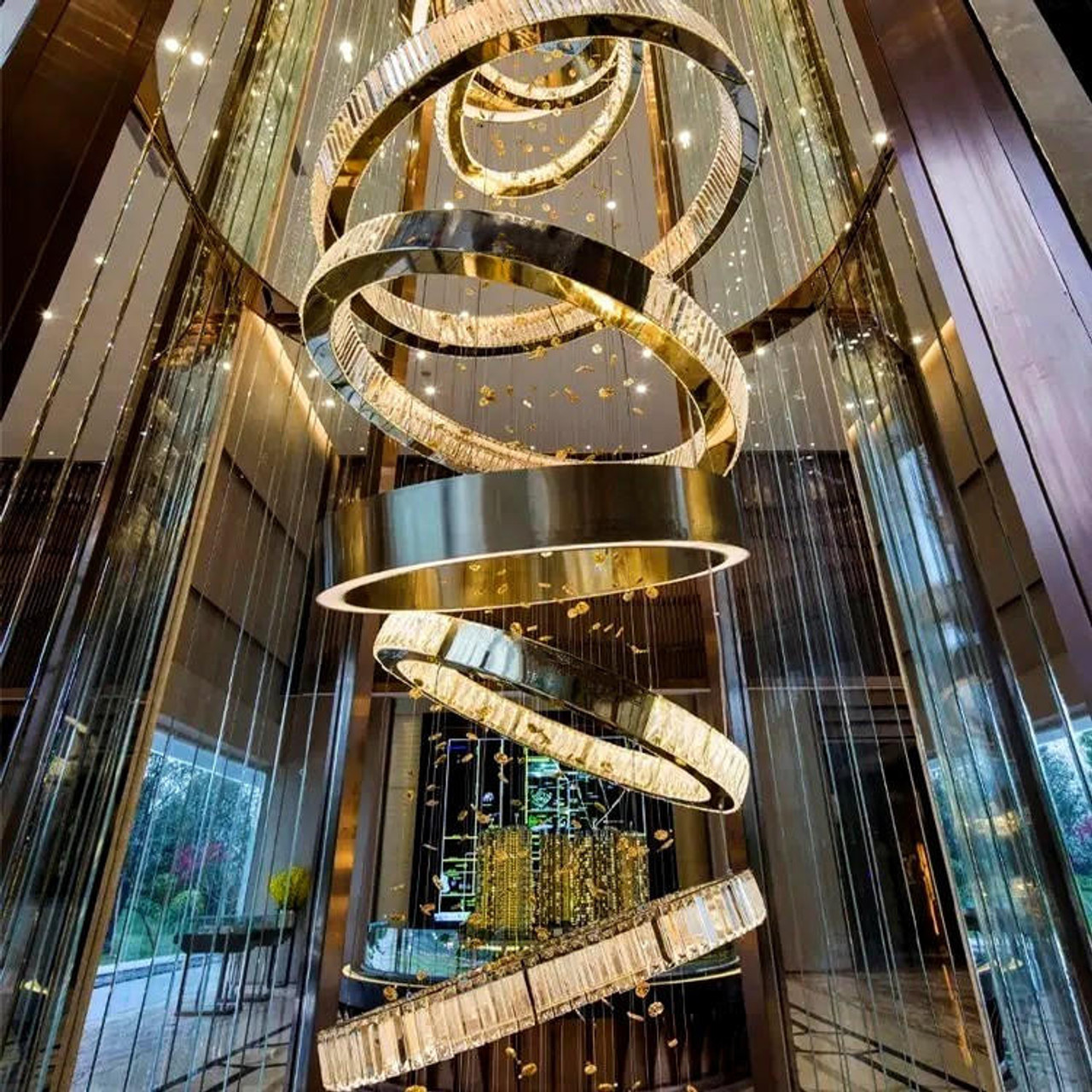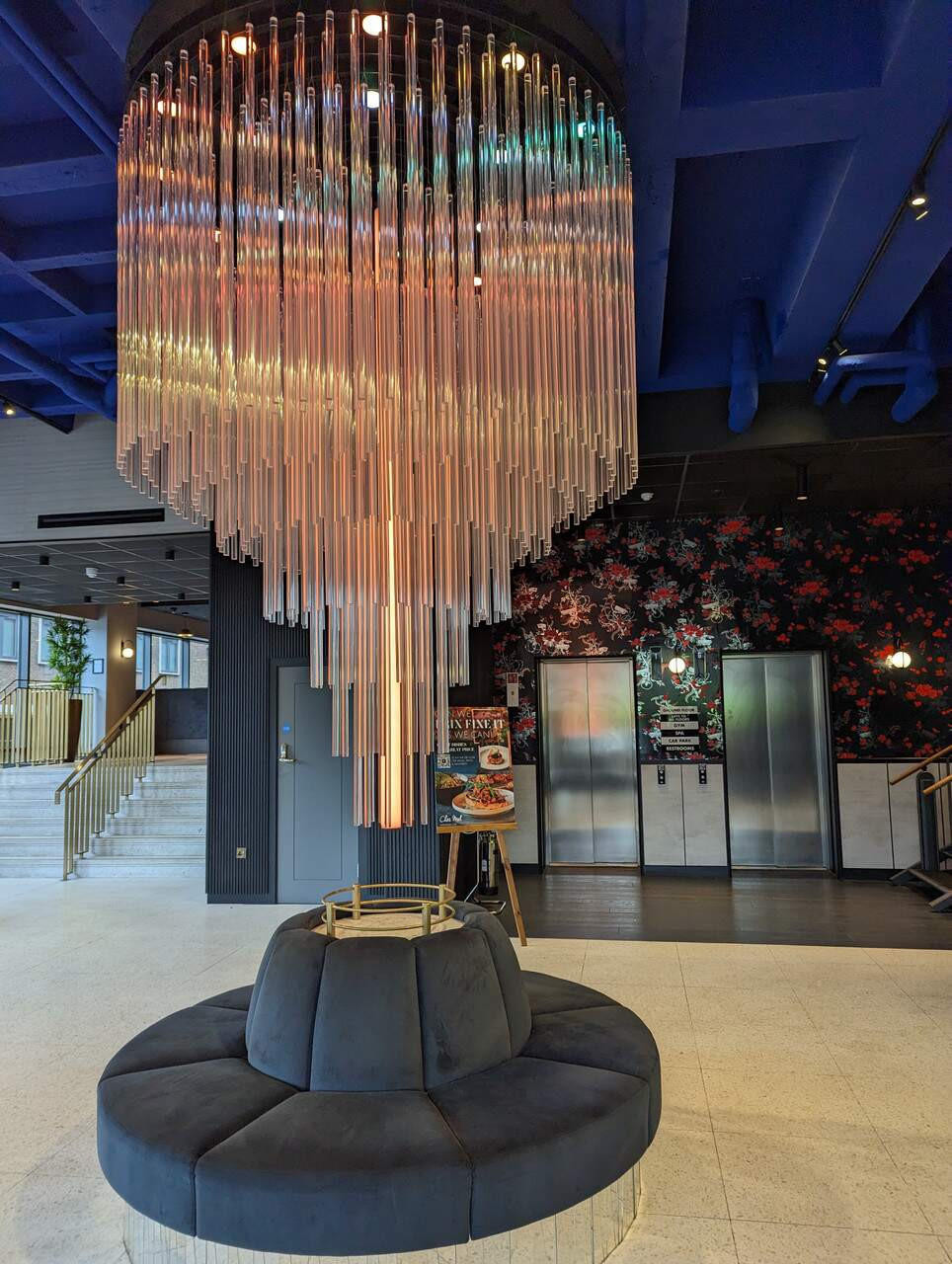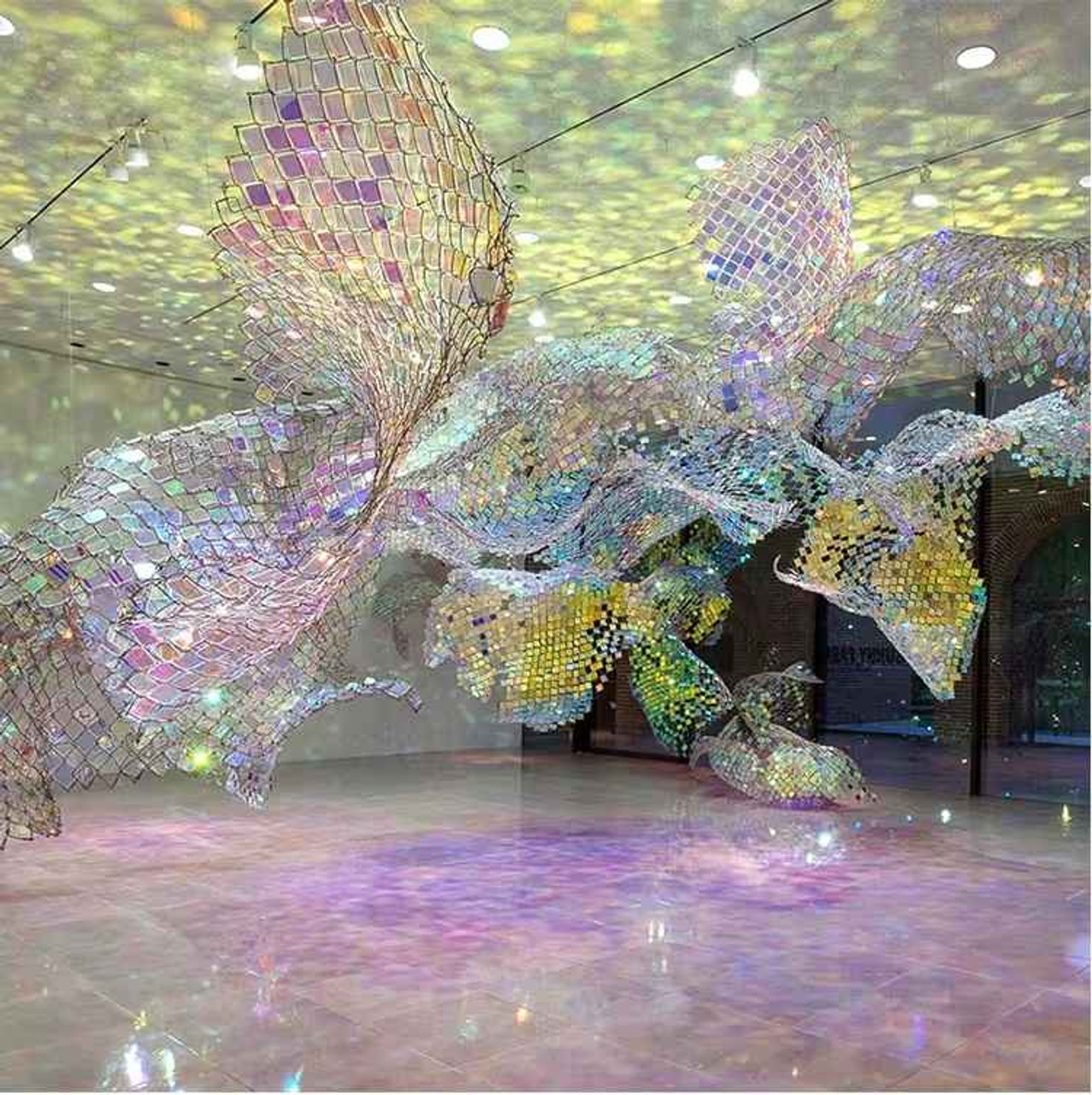How 20th Century Social Clubs Can Inspire Modern Co-Working Spaces
Posted by Carl Jenkins - Senior Architectural Designer on 7th Oct 2024
How 20th Century Social Clubs Can Inspire Modern Co-Working Spaces
As co-working spaces continue to proliferate across the globe, they are transforming not only how we work but also how we interact with one another. These shared work environments offer freelancers, remote workers, and startups the opportunity to work in flexible and collaborative settings. However, as co-working spaces evolve, there is much to learn from the social clubs of the 20th century. These clubs were designed to foster a sense of community, exclusivity, and belonging, making them an ideal source of inspiration for co-working spaces looking to go beyond just providing a desk and Wi-Fi.
By looking at the architecture, culture, and sense of community found in 20th-century social clubs, co-working spaces can gain insight into creating more engaging and supportive environments for their members. This article explores how the legacy of social clubs can be adapted to influence the design, functionality, and culture of modern co-working spaces.
The Legacy of Social Clubs: A Cultural Hub
Social clubs in the 20th century were not just places to gather—they were institutions that cultivated community, exclusivity, and identity. Membership to these clubs was highly sought after, offering individuals not just a place to relax, but also a venue for networking and building social capital. While some were founded on common professional affiliations, many social clubs became places where people could engage in intellectual discourse, share ideas, and form meaningful relationships.
For example, London’s Reform Club, founded in 1836, became a hub for political discussion and social reform, fostering a tight-knit community of like-minded individuals. Similarly, New York’s Century Association brought together artists, writers, and academics to collaborate and exchange ideas in a relaxed environment. These clubs were more than a space—they were communities with a distinct culture.
Co-working spaces can take inspiration from this by creating environments that foster not just productivity but a deeper sense of belonging and collaboration. Instead of just focusing on the functional aspects of office work, co-working spaces can foster relationships through shared experiences, community events, and the exchange of ideas, much like social clubs did in the past.
Architecture and Design: A Space for Connection
The architecture and design of 20th-century social clubs were often characterized by grandeur, comfort, and a sense of permanence. Many clubs occupied elegant buildings, often with stately interiors, rich wood paneling, and plush seating, all of which contributed to a sense of exclusivity. These spaces were designed to be inviting and comfortable, encouraging members to spend hours there, whether to work, network, or socialize.
While modern co-working spaces may not aim for the same level of opulence, there are lessons to be learned in creating a welcoming and comfortable environment. The design of a space can significantly impact how people feel and interact within it. Co-working spaces that prioritize comfort, warmth, and flexibility in their design are more likely to foster a sense of community and well-being.
Take, for instance, the Soho House model, a global network of private members' clubs that integrate co-working spaces with social environments. Their spaces offer a home-away-from-home experience with comfortable seating, quiet corners for focus, and larger areas for collaboration—all infused with a sense of exclusivity and style. By integrating elements of traditional club design, co-working spaces can encourage members to stay longer, interact more, and feel a sense of ownership and pride in the space.
The Role of Exclusivity and Membership
Exclusivity was one of the defining characteristics of 20th-century social clubs, with stringent membership criteria often based on social standing, professional achievement, or shared values. This sense of exclusivity created a close-knit group of individuals who felt a deep connection to the club and its community.
While modern co-working spaces are typically more inclusive and accessible, there is still an opportunity to create a sense of belonging through membership models. Many co-working spaces already offer tiered memberships, where access to certain areas, events, or services is reserved for premium members. By offering exclusive perks or events, co-working spaces can cultivate a sense of community and loyalty among their members, much like social clubs did.
For example, WeWork, one of the largest co-working space providers, has experimented with offering exclusive services and perks to its members, such as professional development workshops, networking events, and even partnerships with high-end fitness clubs. These added benefits not only enhance the co-working experience but also create a sense of value and belonging for members.
Networking and Social Interaction: Creating Opportunities
One of the core functions of 20th-century social clubs was networking. These spaces provided opportunities for members to interact, exchange ideas, and form professional and personal relationships. In many ways, this is also one of the key functions of co-working spaces today.
However, co-working spaces can go further by actively facilitating these interactions. Many social clubs hosted regular events, dinners, and lectures, which gave members the opportunity to meet and engage with one another. Co-working spaces can adopt a similar approach by hosting networking events, industry talks, and social gatherings that bring members together in meaningful ways.
The sense of camaraderie and collaboration that often emerges from these events is invaluable. When people feel connected to the community, they are more likely to collaborate, share resources, and even refer business to one another. This is particularly important in today’s gig economy, where many freelancers and entrepreneurs rely on networks to find clients, partners, and collaborators.
The Wing, a co-working space and social club designed for women, exemplifies how co-working spaces can build strong communities through events and networking opportunities. By offering a range of programming—from professional development workshops to social mixers—the Wing has created a space where members can grow their businesses while also forming deep personal connections.
A Focus on Personalization and Tailored Services
Another feature of 20th-century social clubs was their focus on personalized service. Many clubs offered tailored services to meet the specific needs of their members, whether that was a private dining experience, a personalized library, or concierge services. This level of service made members feel valued and added to the sense of exclusivity and prestige.
Modern co-working spaces can take a cue from this approach by offering personalized services that cater to the specific needs of their members. This might include dedicated desk space, personalized tech support, or even wellness services like on-site yoga or meditation sessions. By going beyond the basics, co-working spaces can create an environment where members feel supported, valued, and motivated.
Personalization in co-working spaces can also extend to how spaces are designed and organized. Offering flexible seating options, private offices, or dedicated areas for different types of work can help create a more customized experience for each member. This not only enhances productivity but also creates a sense of ownership and comfort within the space.
Adapting the Social Club Model to the Modern World
While the social clubs of the 20th century were often exclusive and inaccessible to many, the co-working spaces of today can embrace the community-building aspects of these clubs while remaining inclusive and open. The key is to foster an environment where people feel a sense of belonging and connection, while still offering opportunities for professional growth and networking.
In a world where remote work is becoming the norm, the need for physical spaces that foster connection and community has never been greater. Co-working spaces that can successfully integrate the design, culture, and networking opportunities of 20th-century social clubs will be well-positioned to attract and retain members in the years to come.
By offering a blend of exclusivity, personalization, and community, co-working spaces can become more than just a place to work—they can become hubs of creativity, collaboration, and culture. In doing so, they can follow in the footsteps of the social clubs that came before them, while still evolving to meet the needs of the modern workforce.
Conclusion: Reimagining Workspaces for the Future
The rise of co-working spaces offers a unique opportunity to rethink how we work and interact. By drawing inspiration from the 20th-century social clubs, co-working spaces can create environments that are not only functional but also enriching and engaging. Through thoughtful design, personalized services, and a focus on community, co-working spaces can become places where professionals thrive both personally and professionally.
As we move further into the 21st century, the influence of social clubs on co-working spaces will continue to grow. By adapting the best aspects of these historic institutions, co-working spaces can redefine what it means to work and connect in the modern world, creating spaces that are as much about building relationships as they are about getting work done.





